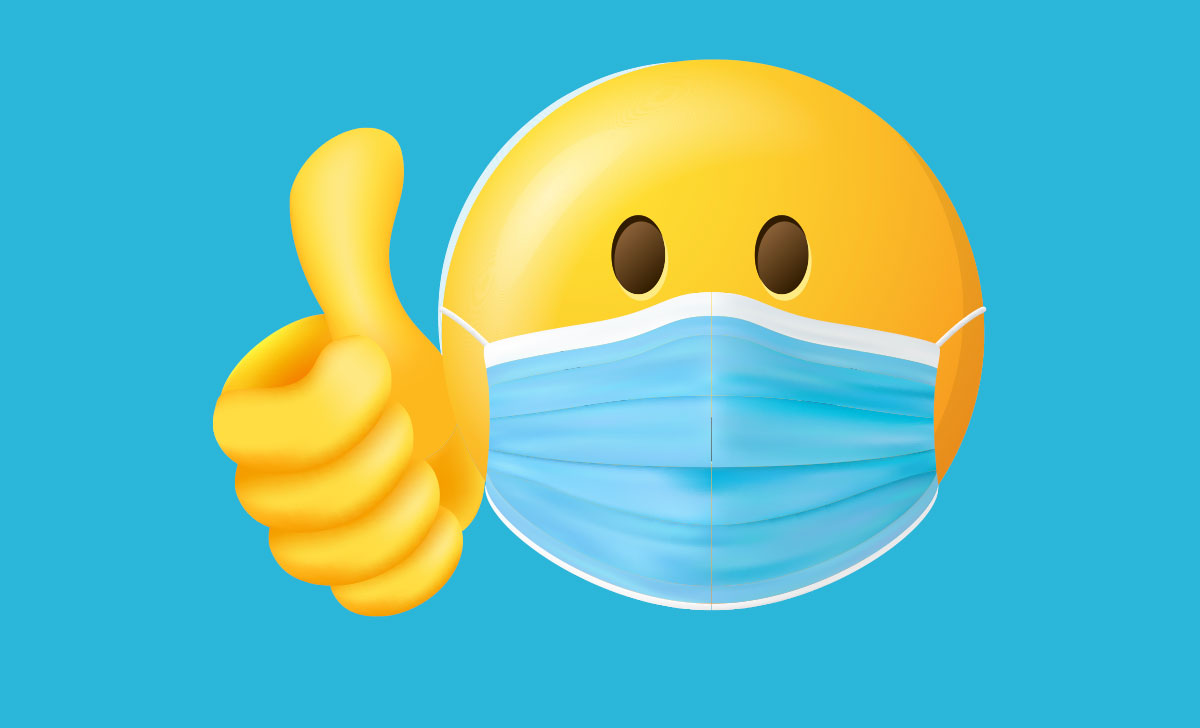
Some research suggests emojis can add a ‘human touch’ to clinical communications, but there are clear downsides.
Would you use emojis in formal communications with colleagues? A bit of a left-field question, I admit, but one that is triggered by an article that appeared recently in Medscape.
The article was written by an ENT surgeon in the US, whose immediate response to a colleague advocating the use of emojis in digital healthcare communication was: “Emojis have no place in medicine.”
He said the notion of doctors and nurses exchanging emojis as part of caring for patients triggered an immediate ‘bad idea’ alert in his brain.
In the ENT surgeon’s view, clinicians are supposed to provide facts and not give opinions or get poetic. “They should always consider that anything they write may one day require an explanation in front of a jury,” he says.
This brought back memories of how, when I began my clinical years, it was relatively common to come across what now seem like distinctly ‘iffy’ descriptions of patients. Some, such as the abbreviation LOL (lovely old lady), were relatively benign.
Other acronyms tread close to a fine line of acceptability: For example, labelling the person as having the dubious sign of ‘chartomegaly’ (meaning a patient who visits so frequently that he or she has a large, ever-growing medical chart) may not look so smart when presented in a legal setting.
Essentially this is about medical slang, a surprisingly large lexicon that still survives in these politically correct times. Samuel Shem, author of the seminal House of God, was the person who brought medical slang into the open. Terms from the book, such as ‘Gomers’ (get out of my emergency room) and ‘turfing’ (transfer responsibility to another clinical team), have stood the test of time. They have been joined by ‘beemer’ and ‘departure lounge’, neither of which would win a prize for sensitivity.
But there is no denying that many of these terms, used about us or our loved ones, are derogatory. How would you feel about being referred to as a ‘horrendoma’ because of some horrible illness? Or if your loved one was a relatively young and morbidly obese person admitted to hospital with a pressure ulcer on her buttocks and a doctor referred to her as a ‘beemer’? It’s medical slang for a person with a high BMI and is meant to convey an image of someone who is so overweight they are unable to move position in bed. And no-one wants to hear that their relative is so unwell that those looking after them consider them to be resident in the ‘departure lounge’ ward.
So my initial reaction to the use of emojis is very much coloured by our use of written medical slang. I mean, how long before double-meaning emojis appear in our clinical conversations?
I’m with my US colleague when he says some questions need to be answered first. “Clinicians once had to respond to how privacy standards in healthcare affected texting, so why aren’t more healthcare providers and organisations having a conversation about emojis?” And “healthcare providers understand what it means to have a good bedside manner. But as interactions become increasingly virtual and facilitated by technology, have we thought enough about digital bedside manner?”
Like so many issues these days, it seems there is a pre-Covid-19 answer and a post-Covid one. The pandemic changed things. Doctors who had never spent a day doing telehealth had to learn quickly how to master telemedicine.
Post-Covid changes have had a major impact on the way we do our jobs and indeed how we think about healthcare. We are spending more time on our laptops and therefore in the electronic space.
Some early research shows that emojis seem to be used to add a refreshing human touch to what is often an intense and sterile environment. The findings also pointed to the potential of emojis to do what their name implies – convey emotion – as well as cut down on messaging time and add helpful context to the evolving medium of clinical communication. The research suggests that emojis are used as a vector for politeness and positive intent in communication among care teams.
But what about the downside? The most obvious risk is that anything in writing is part of a legal record. Just as words can sometimes be understood in different ways by different people, the same holds true for emojis. I may think the ‘thumbs up’ emoji is the same as answering ‘yes’ to a colleague’s question, but what if he doesn’t interpret it that way and as a result, doesn’t make an important clinical decision?
And we haven’t even considered another can of worms – the use of emojis in messages to patients. Lessons in emoji bedside manner, anyone?





Leave a Reply
You must be logged in to post a comment.